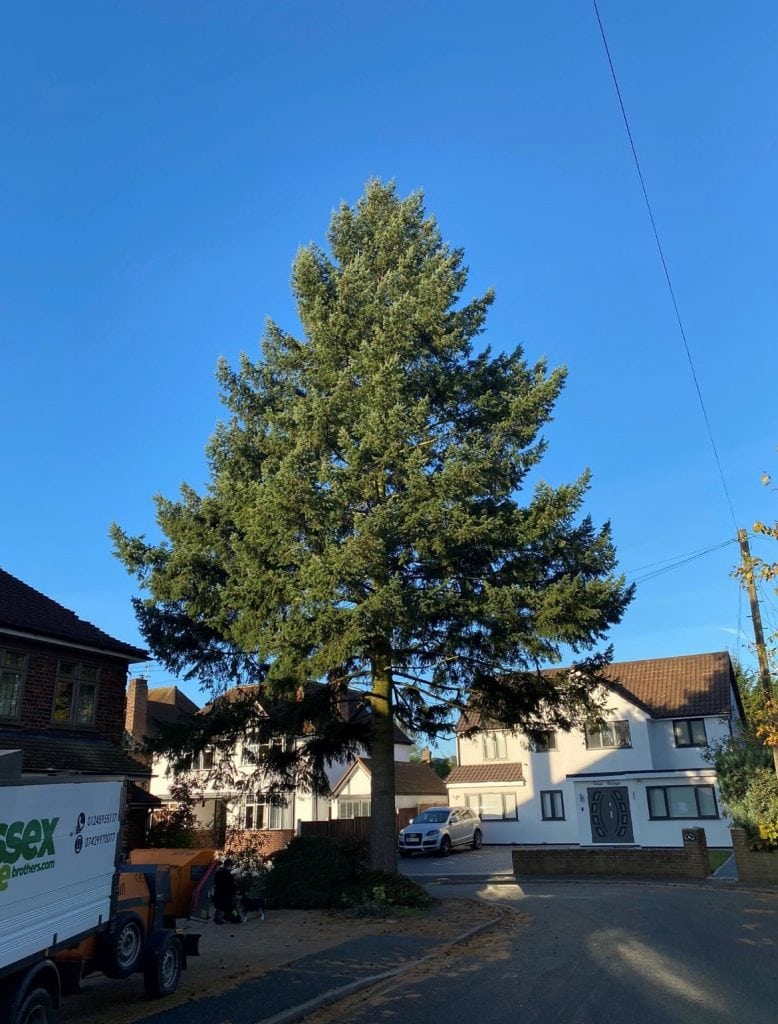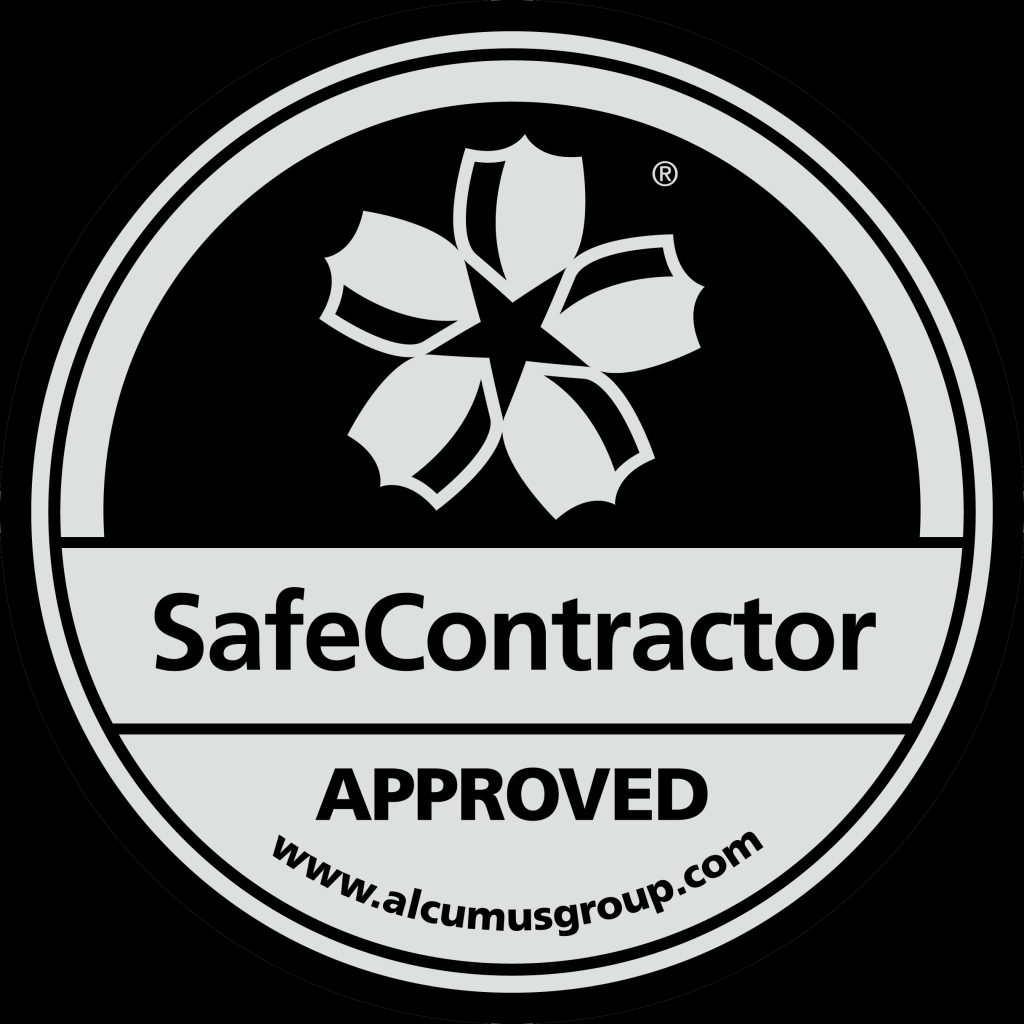The 4 Key Steps For Conducting A Tree Survey
If you have a tree or trees on your land, you have a responsibility for them. You need to ensure that they are healthy, safe and unlikely to cause harm or damage to people or property. Carrying out regular tree surveys is one way to do this. A tree survey provides a full inspection of a tree or group of trees, assessing their health and any associated risks. Various information will be provided, including the age of the tree, its species, and its condition. The survey will also highlight any remedial work that’s required. Read on to find out how a tree survey in Essex is conducted.
1. Pre-planning
To ensure that all the land is covered and no trees are missed, pre-planning is required. This involves dividing large areas of land into more manageable areas. There are a few ways to do this:
- Line transects: This is the most common method and involves using a series of evenly-spaced transect lines. As you travel along each of the lines, you check the trees to your left and right.
- Quarter point transects: This method involves identifying the diseased tree and then walking a line to the north, south, east, and west, recording any other sick trees as you go. This can help you to form an estimate of how many trees are affected on the land.
- Radius Survey: This method is used most often when trees have been planted with large distances between them, such as with oak trees. A radius survey involves establishing a circular area with a certain radius and extending it by a few metres at a time.
- Complete Survey: This is the most in-depth type of tree survey and involves each tree within an area of a particular species being carefully examined.
2. Site survey
Once the pre-planning stage is complete, it’s time to carry out the tree survey. The tree surgeon will work their way through the trees on your land, recording all the required details. They usually use tree tags to identify them by location and species, with each being labelled as ‘good’, ‘fair’ or ‘poor’ depending on the condition and damage. Various Information will be sourced, including:
- Tree species
- Position (coordinates/location on map)
- Age and life expectancy
- Physical condition
- Tree dimensions (including crown spread)
- Inspection of the crown (identifying gaps in the canopy)
- Colour of the leaves
- Identifying deadwood
- Identifying damaged branches (such as those that have split or cracked)
- Looking for signs of decay within the main trunk or base
- Note any damage to the roots
- Check for the presence of ivy or fungus
3. Impact assessment
Next, an Arboricultural Impact Assessment (AIA) is carried out. Recommendations are made concerning which trees require removing and may suggest other more appropriate species to replace them. This is because diseases can’t spread so easily when the tree population is diverse. The impact assessment may also advise on how to protect trees during construction. An AIA needs to be carried out in accordance with BS5837:2012.
4. Report and recommendations
Lastly, the tree surgeon will need to ensure that all the information sourced in the survey is included in the report and that it’s completely accurate. As well as this, it should be presented in a clear and succinct way that’s easy to understand. Since the information included in the report is essential for ensuring compliance with legalisation, it needs to be correct.
At Essex Tree Brothers, we can carry out a tree survey at your domestic or commercial premises. Call us on 01245 955117 or 01621 484306 to discuss your requirements with one of our experienced tree surgeons.







